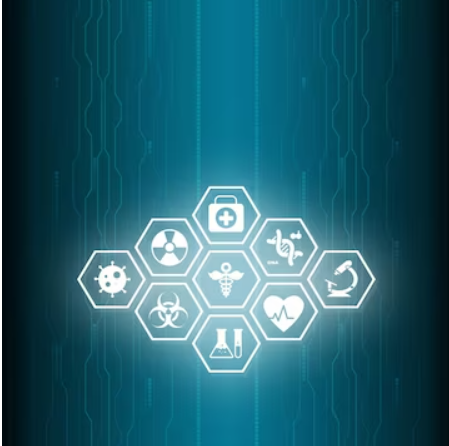Coronary Steal Treatment
Coronary steal often occurs in the recipient artery supplied by collaterals. The phenomenon of coronary stealing, when observed under pressure, can have detrimental effects on myocardial function, even in regions with a substantial collateral blood supply.
The consequences of coronary steal can be detrimental to myocardial (heart muscle) function, potentially resulting in symptoms like chest pain (angina) or even more severe issues like reduced cardiac output.

Symptoms
This condition is characterized by the retrograde flow of blood from the left internal mammary artery to the left subclavian artery in the presence of proximal (closer to the center of the body) left subclavian artery stenosis. It often does not cause any noticeable symptoms. However, if symptoms do develop, they may include:
- Neurological symptoms such as blurred vision, dizziness, and fainting (syncope).
- Pain, tingling, or discomfort in the arm (paraesthesia).
- Recurrent angina (chest pain) after coronary artery bypass grafting (CABG) surgery.
- Initial improvement in symptoms following CABG, followed by their return, which may be associated with the use of the left arm.
- Vertigo, which is the most common presentation.
- Physical examination may reveal differences in radial pulse volume and the presence of subclavian bruits (abnormal sounds).
This condition can have various symptoms, primarily related to inadequate blood flow in the affected areas, particularly the brain and arm.
Diagnosis and Tests
To diagnose coronary subclavian steal syndrome, a healthcare provider will typically begin by reviewing the patient’s medical history, especially focusing on individuals who have complained of recurrent angina after having undergone coronary artery bypass grafting (CABG) with an internal thoracic artery graft. In some cases, the doctor may decide to perform bilateral preoperative blood pressure measurements on these patients.
The diagnosis of this syndrome involves several key factors, including:
Detailed Patient Medical History: Understanding the patient’s history, especially regarding symptoms and prior surgical procedures, is crucial.
Physical Examination: A thorough physical examination by the doctor is conducted to assess symptoms and signs.
Electrocardiogram (ECG or EKG): This test records the electrical activity of the heart and can reveal abnormalities.
Coronary Angiography: An imaging procedure that provides detailed images of the coronary arteries to detect blockages or abnormalities.
Stress Testing with Myocardial Perfusion Imaging: This test assesses heart function during physical stress and can help identify areas with reduced blood flow.
Intra-Arm Pressure Difference Reading: Measuring blood pressure in both arms to identify differences, which may indicate a problem in the subclavian artery.
Computed Tomography Angiogram (CTA): This imaging technique creates detailed cross-sectional images of blood vessels, aiding in the diagnosis.
These diagnostic methods collectively help in confirming the presence of coronary subclavian steal syndrome and determining the appropriate course of treatment.
Recovery process
Recovery duration varies, contingent on factors like patient characteristics, chosen procedure, and the extent of severity.
Why entrust your care to us?
At Steps 2 Cure, our foundation of trust is built upon several key pillars that ensure your confidence in our services and expertise. Our team comprises highly qualified professionals with extensive experience in their respective fields. Their knowledge and skills enable us to offer you the best possible care and solutions for your medical needs. We understand that each individual is unique, and so are their healthcare requirements.
That’s why we prioritize tailoring our treatments and approaches to your specific circumstances, ensuring that you receive care that is truly designed for you. You are at the heart of everything we do. Your comfort, concerns, and aspirations guide our efforts. Our compassionate approach ensures that you feel valued and supported throughout your healthcare experience.
To commence the treatment procedure, you can start by forwarding your questions via WhatsApp at (+91 99xxxxxxxxx) or by sending an email to care@steps2cure.com. Our team will ensure a swift response to your queries.
Subsribe To Our Newsletter
Stay in touch with us to get latest news and special offers.

